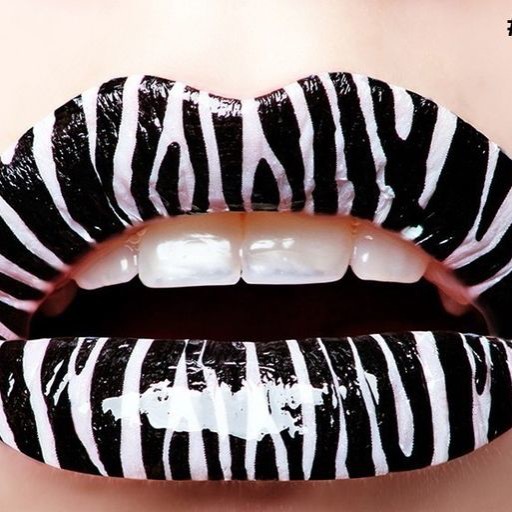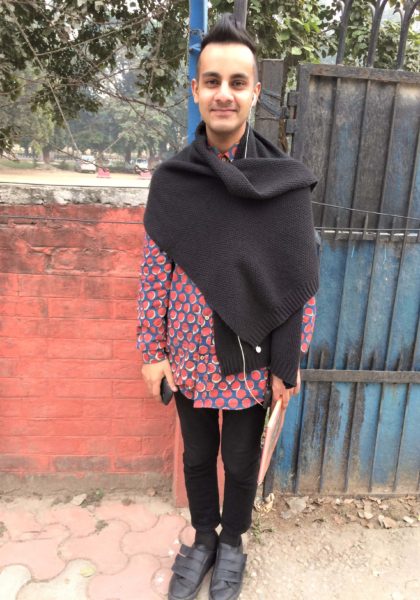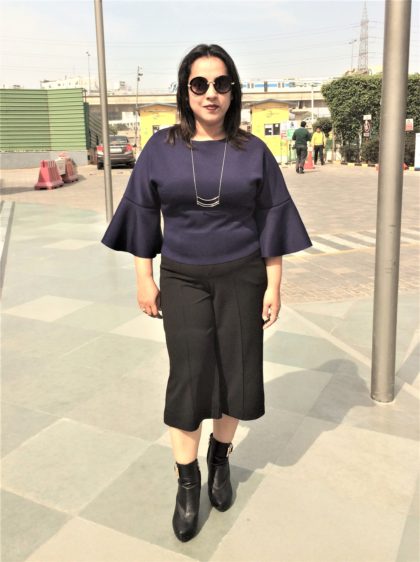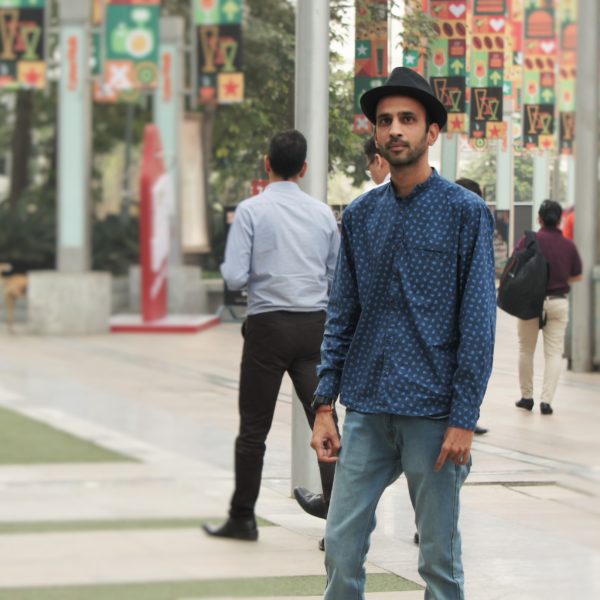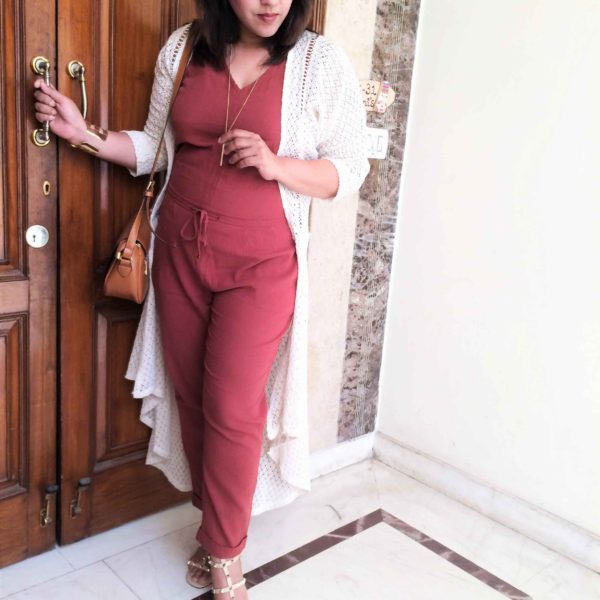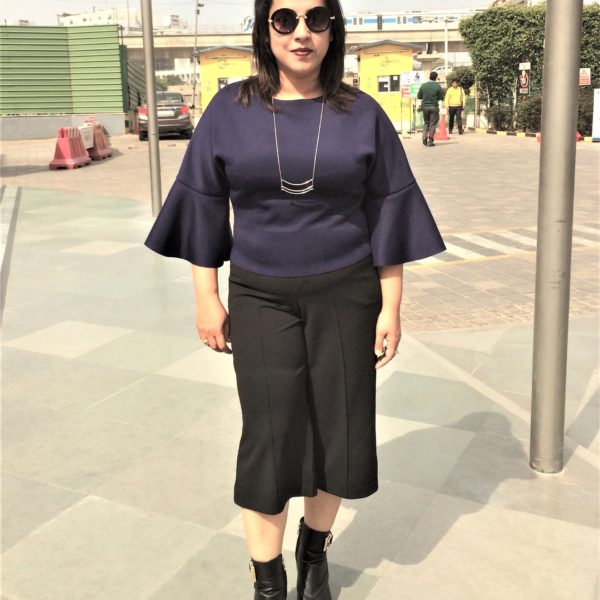


Deep inside, we all love dressing up Indian ethnic style however much we may adopt the western trends. That is because Indian traditional dressing is something that actually defines us, our individuality, our roots, our heritage and somewhere our evolving thought process too. Women all the world including all major western countries are embracing Indian ethnic wear, sarees, lehngas & suits in all its varieties & combinations, like never before. There are numerous types and forms of sarees , suits, salwar kameez, lehngas, ghagra cholis that belong to various states of India that mark the peculiar style of that particular state. This post in collaboration with Craftsvilla.com, a leading online marketplace for Indian Ethnic Clothing, is a dedication towards those myriad Indian traditional styles that flaunt the beauty of every Indian woman in its totality. A few unknown facts:
Indian Dresses: Things You Must Know About Sarees and Salwar Suits
Talking about the traditional women clothing of India, it varies as per factors like geography, climatic conditions, culture and ethnicity. As such, Indian dresses for both men and women vary from region to region. However, some types of clothing are worn by women countrywide. They are the saree and the salwar kameez. These dresses have a few variations and are popularly worn by women all over India. However, there is variation in style and fabrics depending on the state or city. The colors and weaves also vary.
The Saree and Its Styles
The saree is one of the most iconic Indian dresses. It is actually an unstitched cloth whose length can go up to 9 meters. In spite of its simple appearance, the fact is that the diversity in styles and fabrics for sarees is quite wide. It is important to know about them to help you make a right choice according to the occasion.
- Banarasi: These sarees are made by hand in and around the city of Varanasi. They are one of the finest sarees available in India. They are easily identified by their pallu, which are woven with golden and silvery threads. These sarees are traditionally made from silk but cotton has become a popular choice. They are widely chosen by brides to wear on their wedding day.
- Baluchari: Baluchari sarees are easily one of the most popular types to originate from West Bengal. They are characterized by the presence of motifs on the pallu. These motifs are typically drawn from Hindu mythology. The sarees are made of cotton and a week is easily required to create one Baluchari saree.
- Tant: This is another popular design from Bengal. The soft cotton makes it perfect for the Indian summer. Silk thread is used for the border while the pallu features elaborate designs.
Some other popular types of sarees include Kantha, Kanjeevaram, Sambhalpuri, Bhalgalpuri silk and Chanderi. Another interesting thing about a saree is that it can be draped across the body in a range of ways. In fact, there are over 80 styles used for draping sarees in India. The draping style differs across the various cultures and regions of India. Some of the more well-known styles are as follows:
- Bengali
- Nivi
- Gujrati
- Nepali
- Maharastrian
- Madisar
- Assamese

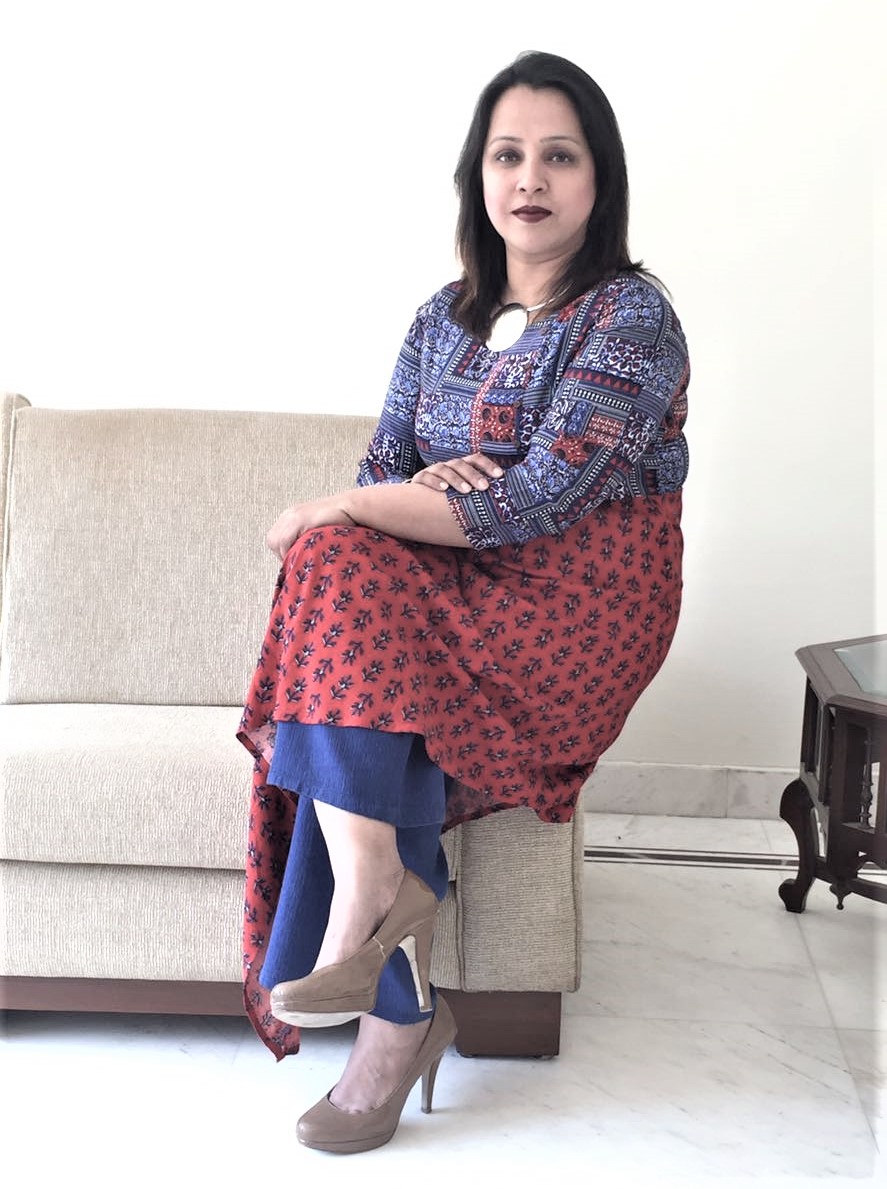
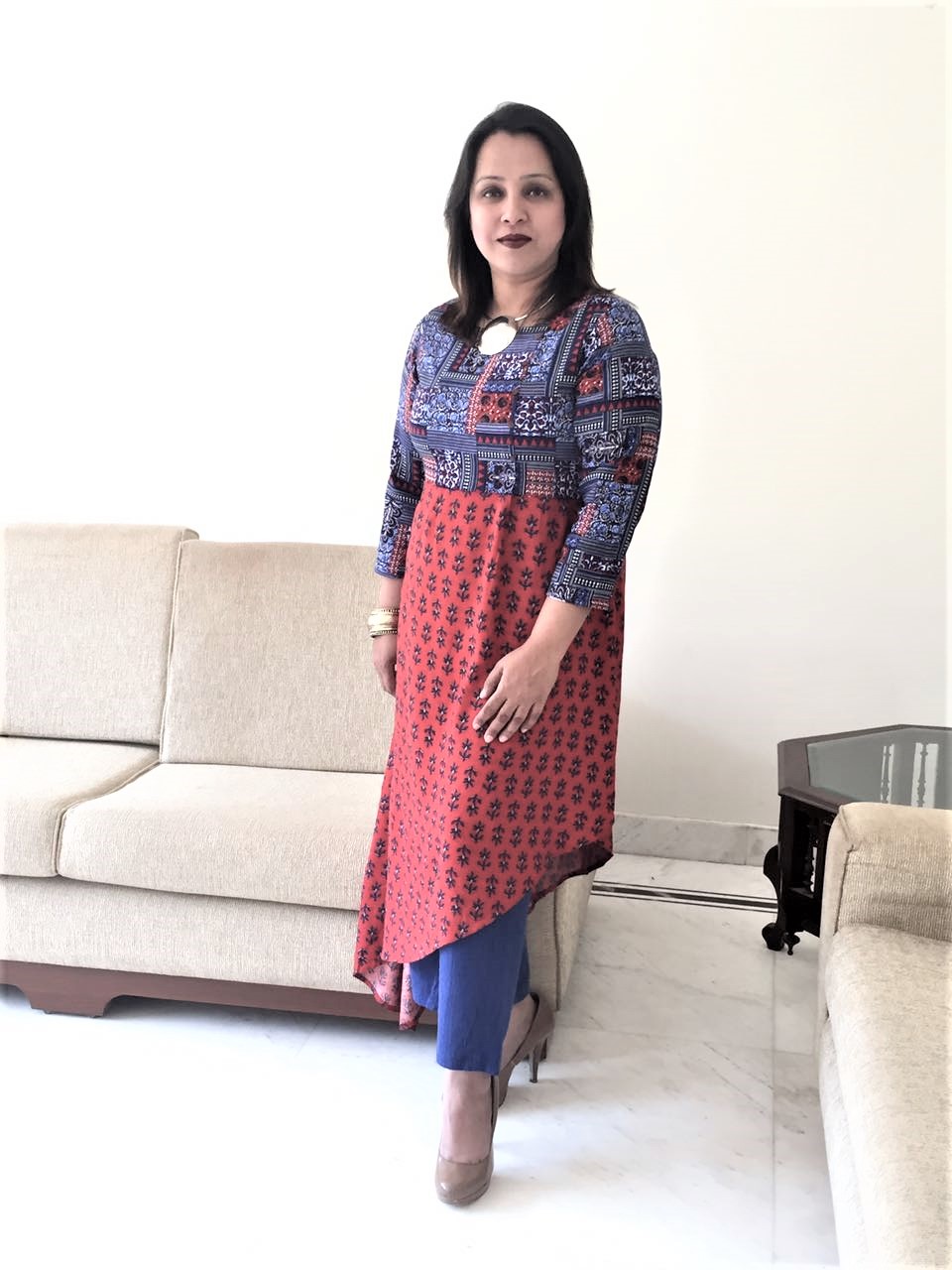



The Salwar Kameez and Its Styles
Although popular all over India today, the salwar kameez is actually the traditional attire for women living in the regions of Punjab, Himachal Pradesh and Haryana. The popularity of this attire rests on the comfort offered as well as the ease with which it can be worn. The dress is made up of two parts. The salwar is the trousers part of the dress. The tunic top is known as the kameez. However, many women prefer wearing this dress with a dupatta. In some cases, the style of the salwar kameez makes the dupatta a necessity.
Like the saree, there are a few styles of salwar kameez worn in India today. The ones given below are the main types:
Churidar: This style differs from the regular salwar kameez mainly due to the difference in the salwar. Unlike a salwar, the churidar will be looser over the knees. At the calf, the trousers will be fitted tightly. The churidar can be worn with a kameez or other kinds of upper garment like a long kurta. Check out the link below:
Khushali Presents Chudidar Dress Material(white,purple,pink)
Anarkali Suit: This is one of the most elegant styles of salwar kameez possible. The upper part of this suit is a long top that is styled like a frock. In fact, it is often long enough to go past the knees and reach the ankles. Some styles of this dress have a top long enough to graze the floor. The bottom part of the dress has a slim fit. However, it is possible to wear a churidar instead.
Thankar Maroon Embroidered Georgette Anarkali Suit
Ghagra Choli: Also known as lehenga choli, this is traditionally worn by the women of Gujrat and Rajasthan. They are often worn during the folk dances and other traditional events. Instead of a salwar, the ghagra choli has a lehanga which is a type of long pleated skirt with a thick bottom border. The upper wear is a choli that is typically fitted tightly. An odhani or a dupatta completes the dress.
Beige Color Eri Silk Digital Print Lehenga With Designer Work Choli And Pure Georgette Dupatta
Pattu Pavadai: This dress is traditionally worn in South India by small and teenage girls. It is also known as Langa Voni. It is similar to the ghagra choli, and in this, instead of a lehanga, a pavada is worn. It is a skirt that reaches the toes and has a conical shape. The upper part of the dress is a choli. To complete the dress, a voni or a dupatta is worn.
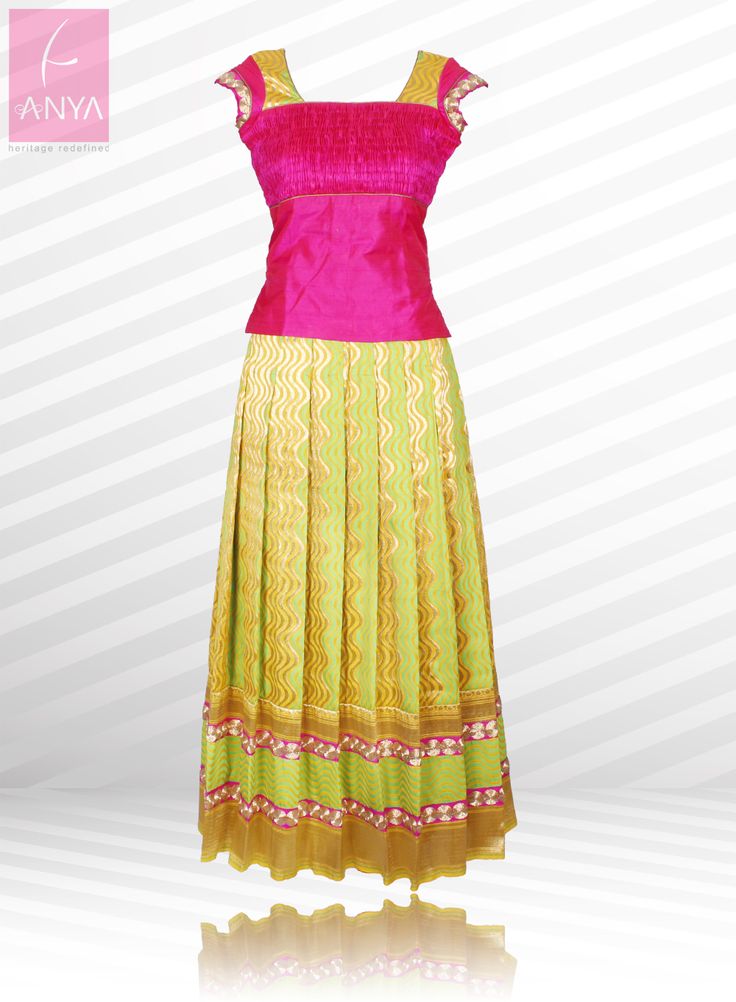
The depth of the styles available in Indian dresses is certainly remarkable. Knowing about them is essential should one wish to look perfect in traditional wear. Hope this post has helped achieve this objective!
